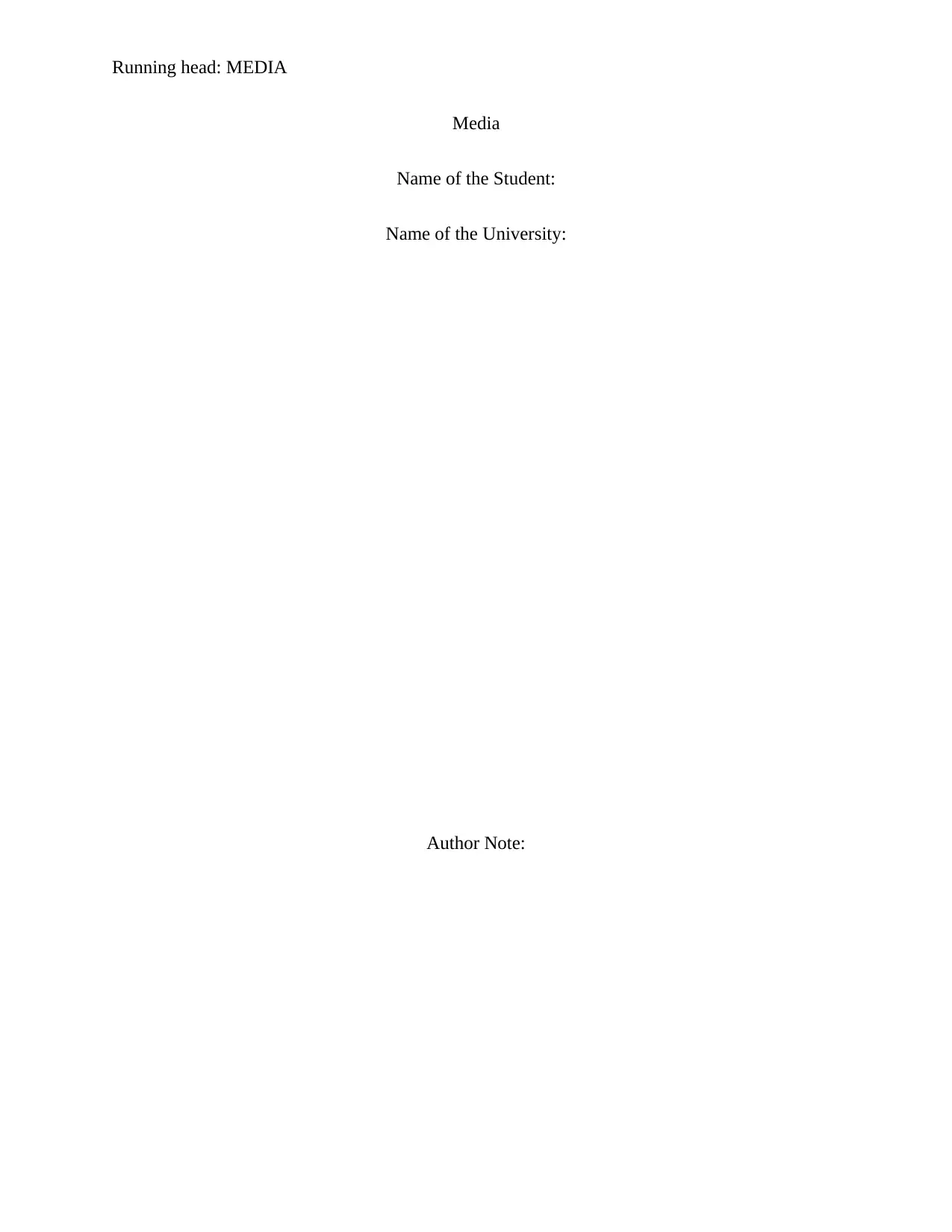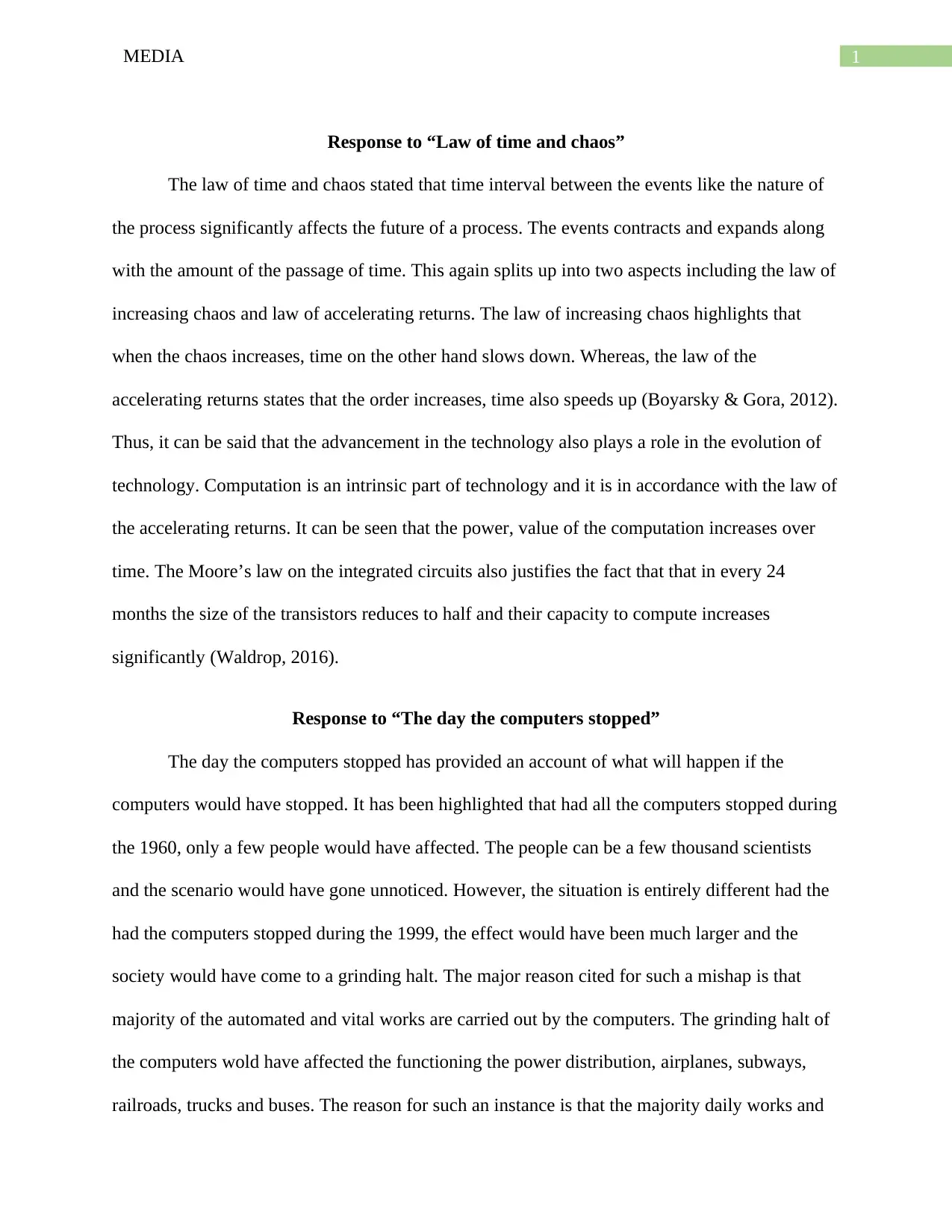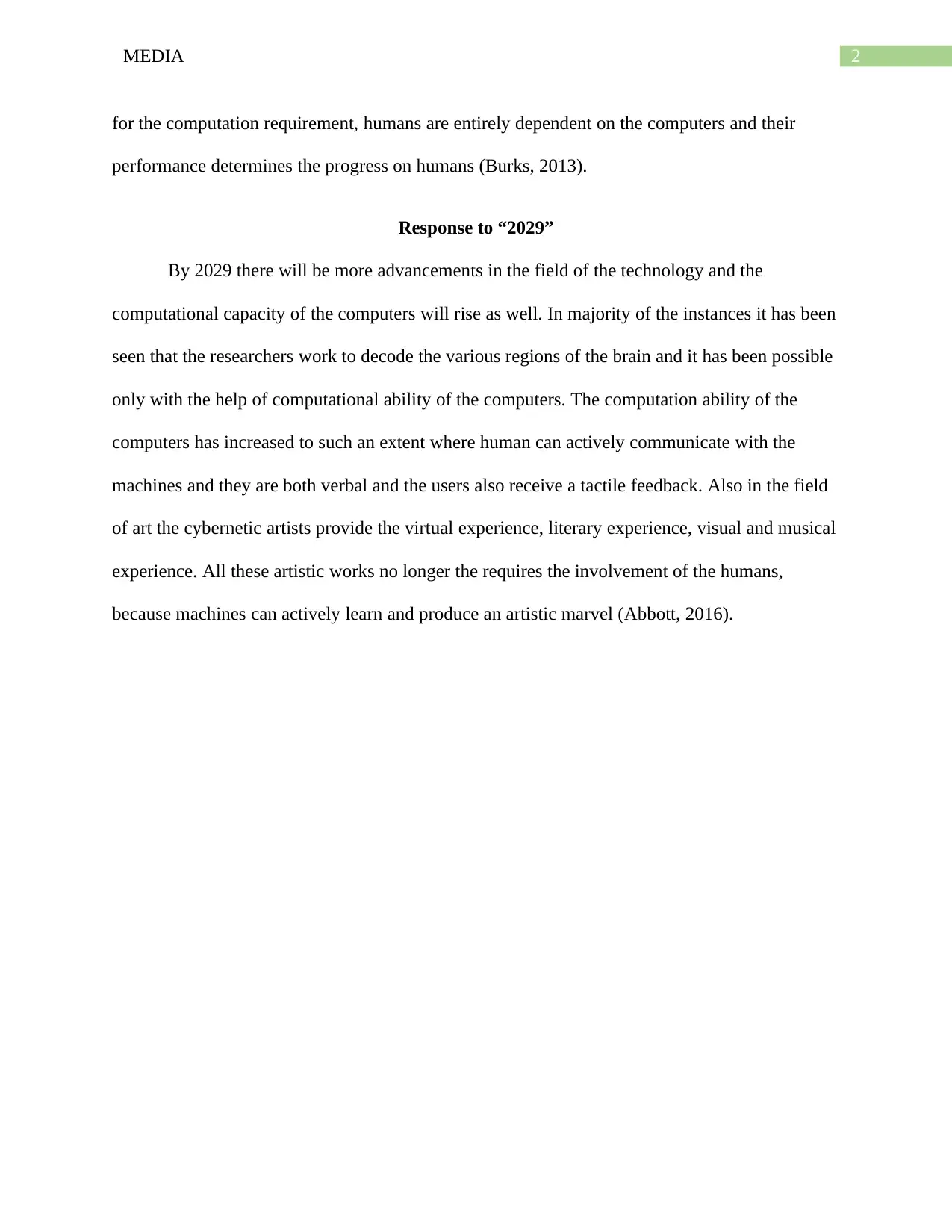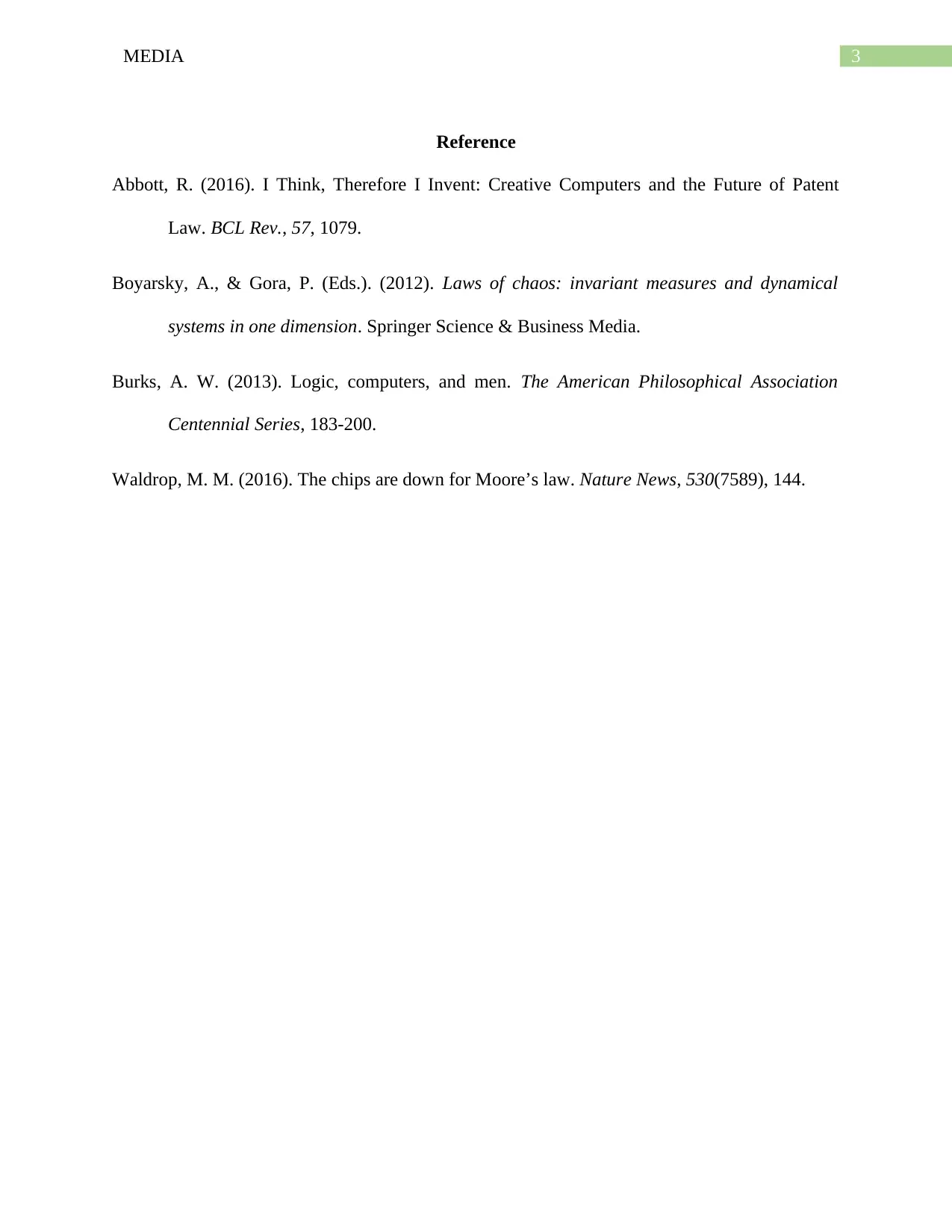University AI Response Paper: Analyzing Key Concepts in Technology
VerifiedAdded on 2023/05/28
|4
|700
|269
Homework Assignment
AI Summary
This assignment presents a response paper analyzing key concepts related to artificial intelligence. The paper begins by discussing the 'Law of Time and Chaos' and its implications, including the law of increasing chaos and the law of accelerating returns, emphasizing the role of technology and computation, referencing Moore's Law. The second section examines the potential consequences if computers had stopped in the 1960s versus the 1990s, highlighting society's increasing dependence on computers for essential functions. The final section explores technological advancements expected by 2029, particularly in computational capacity and the interaction between humans and machines, including the advancements in art where machines can actively create artistic marvels. References to relevant literature are also included.
1 out of 4











![[object Object]](/_next/static/media/star-bottom.7253800d.svg)